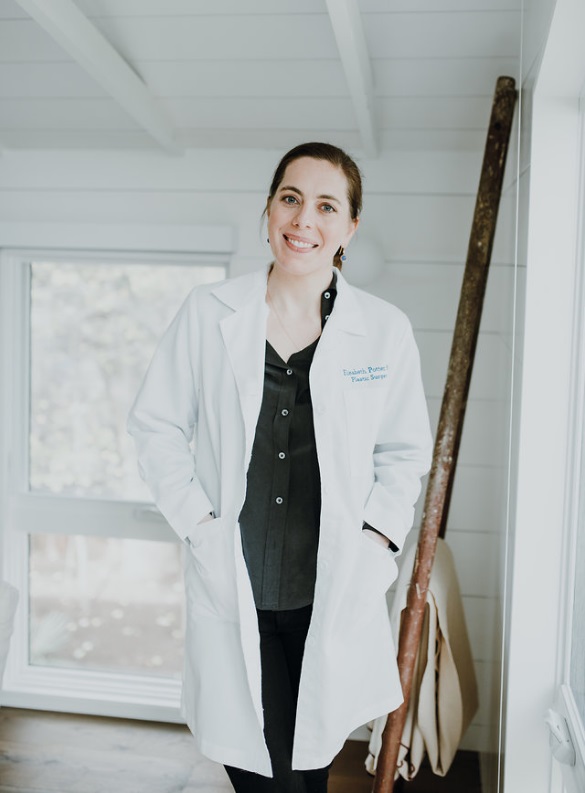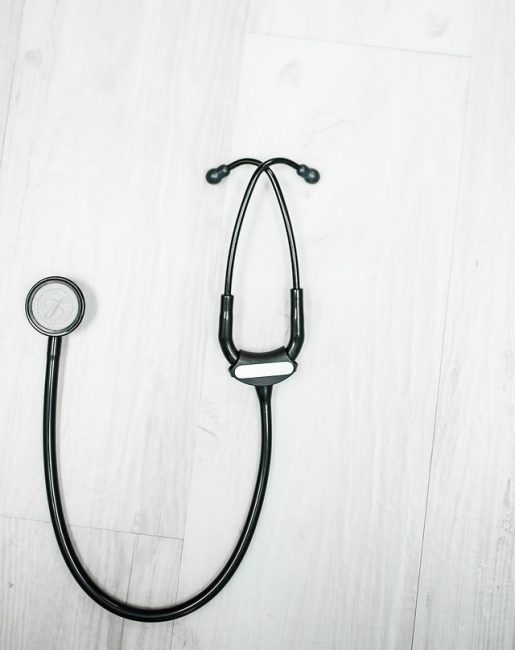DIEP flap surgery is the best surgery available for breast cancer and breast reconstruction. Most women have a little extra tissue, usually in the lower abdomen, which is ideal for use in breast reconstruction. DIEP flap reconstruction is an advanced surgical technique that takes this skin and fat (as opposed to the muscle) from the abdomen and transplants it to the chest, using a technique called microsurgery.
Since the tissue used for the reconstruction is entirely your own, the results of the surgery often look and feel much more natural. DIEP flap reconstruction also minimizes the risk of hernia or bulge, two common risks with alternative methods. Additionally, since a patient’s muscle is not used, recovery time is generally much quicker, and there is a lower risk of losing muscular strength after the procedure.
Finally, because DIEP flap surgery moves tissue from your abdomen to your chest, you’ll see the same benefits as you would with a tummy tuck – a flatter, tighter belly, leaving a scar that usually rests beneath your bikini line.
 Dr. Potter’s Experience
Dr. Potter’s ExperienceIt’s important to find a surgeon that is specifically qualified in DIEP flap reconstruction. As the gold standard in breast reconstruction, certification in the procedure requires special training, as well as expertise in microsurgery. Dr. Potter completed her microsurgery fellowship at MD Anderson Cancer Center, and has performed over 1,000 DIEP flap reconstruction surgeries in her career. Because of her tremendous experience with the procedure, Dr. Potter considers DIEP flap reconstruction to be her speciality.

TRAM flap surgery is an alternative to DIEP flap reconstruction. While there are several types of TRAM flap surgeries, all of them involve at least a portion of the abdominal muscle being transferred to the breast. This increases the chances for complications, lengthens recovery time, and increases physical discomfort after the surgery. Abdominal complications such as bulging, hernias, and loss of strength are far more common in TRAM flap surgery than with DIEP flap surgery.
Because DIEP flap surgery requires a higher level of skill, expertise, and certification, many breast reconstruction surgeries are TRAM flap surgeries . It’s important to discuss with your surgeon which option he/she will be performing, and what’s best for you.
In nearly all cases, DIEP flap surgery is the highly preferred over TRAM flap, and Dr. Potter has the training and expertise to perform DIEP flap surgery if at all possible.

While DIEP flap reconstruction is the safest procedure available, there are a few risks to be aware of.
DIEP flap reconstruction is usually a 4-6 hour surgery. More time may be required if your DIEP is immediate – meaning if your mastectomy and DIEP happen in the same surgery. Generally, you’ll be required to stay in the hospital for two nights, but will be able to eat, drink and walk the evening of your surgery.
It takes four to eight weeks to fully recover and regain the ability to perform strenuous activities. Having had surgery performed on two sites on your body (breast and abdomen), you’ll be sore for about a week after the surgery; movements such as getting in or out of bed or a sitting position can be difficult. However, soreness will begin to subside after the first week .
In almost all cases, DIEP flap surgery is the preferred method of breast reconstruction.

Dr. Potter will work with each patient individually to determine which procedure is right for them.
With a surgery like DIEP flap reconstruction, it’s important to work with the most skilled and experienced surgeons available. With hundreds of DIEP flap surgeries under her belt, Dr. Potter is Austin’s premier DIEP flap surgeon.